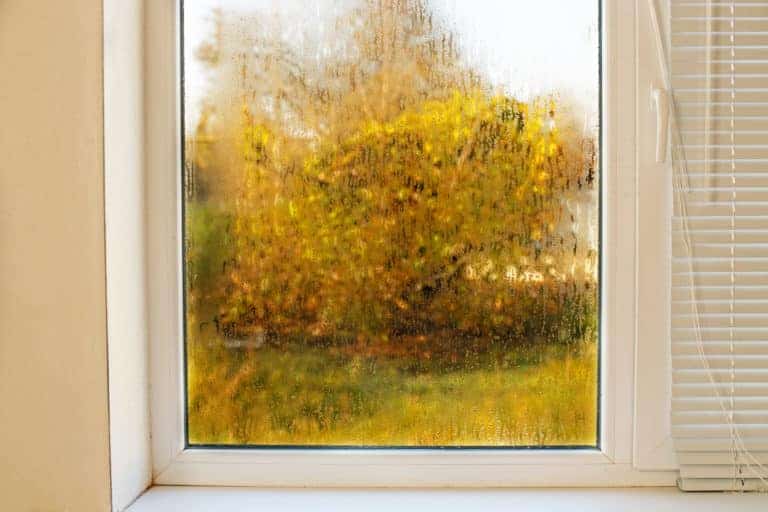If you’re reading this article, you are probably trying to find an answer to the age-old question: “What will it cost to replace my windows?”. You have been researching and just want ideas and answers.
The problem isn’t that other sources are trying to be evasive with the answer, it’s simply a difficult question to answer. Asking “How much do replacement windows cost?” isn’t much different than asking “What does a car cost?”. Like cars, there are the Kias and Cadillacs of the window industry. Beyond the brand, there are numerous options and features that will vastly affect the actual price of the windows.
We are going to do our best to answer this question, but first, let’s take a look at the primary factors that will determine the actual price of your windows. Listed in the order of the most to least significant are; Size, Frame Type, Quality (brand & series), Window Style/Operation, Type of Installation, and Options and Features.
To simplify things, we are going to explain four things:
- The pricing shown below will be based on the assumption that at least 10 windows in the house will be replaced. (Prices will generally be higher when only a few windows will be replaced at a time.)
- The price ranges listed for each of the different options below will all be based on one of the most common window dimensions; 3 feet wide by 5 feet tall, or 15 square feet. As a rule of thumb, a window of the same type that is twice the square footage will be approximately double the price, and a window half the square footage will be around half as much. Again, this is a rough calculation, but it should be good enough to give you a good “ballpark” estimate.
- The cost of installation will be listed separately, as it can vary widely and will help to give you a better understanding of the actual cost of the windows.
- The prices listed all include triple coat Low-E and argon. While argon and krypton definitely improve the thermal efficiency of the window, it doesn’t make nearly the impact low-e glass makes on the overall thermal efficiency of your windows. Low-e glass is amazingly effective and unquestionably a good investment…do not replace your windows without low-e glass!
By applying these ground rules we have narrowed the number of variables considerably, allowing us to more clearly see the price differences based on the remaining factors; Frame Type, Quality (brand & series), Window Style/Operation. Before jumping to the biggest factor; Frame Type, let’s take a closer look at the Quality, and Window Style.
Quality, Brand & Series – Apart from window pricing, this is probably one of the most difficult topics to address in the window industry. Unlike car manufacturers, there are over a thousand local, regional and national window manufacturers across North America, so it’s no wonder why it’s so difficult to narrow them
Let’s break down the different qualities:
Vinyl Window Prices – Vinyl windows are currently the most common type of window, and dominate both the new construction and replacement window markets. Their popularity comes from a combination of efficiency, durability and affordability that other types of windows cannot offer. While very early vinyl windows received a deservedly bad reputation due to their susceptibility to warping and “chalking” (deterioration of the exterior finish), major improvements in the vinyl formulations and manufacturing methods eliminated these concerns over 30 years ago. While warranties vary from company to company, nearly every vinyl window manufacturer currently offers a lifetime warranty on their vinyl frames.
Pros: Thermally efficient, durable frames, low maintenance, very affordable.
Cons: Limited colors.
Brand/Quality Entry-Level Mid-Level Premium-Level
Picture Window $240 – $290 $290 – $350 $350 – $430
Single Hung or Slider $310 – $380 $380 – $460 $460 – $540
Double Hung $390 – $470 $470 – $580 $580 – $690
Casement $400 – $500 $500 – $630 $630 – $760
Aluminum Window Prices – Aluminum windows ruled the window market from the late ‘60s through the ’80s, but as the country began adopting more stringent energy codes in the late ‘80s, most aluminum windows had a tough time meeting the new energy requirements. As vinyl windows became the new standard, most aluminum window manufacturers either moved to vinyl frames, or simply closed their doors, leaving only a handful of “boutique” manufacturers who specialize in aluminum windows. Because aluminum is such a great conductor of heat (not a good characteristic for a window), virtually all of the remaining aluminum window manufacturers now offer “thermally improved” or “thermally broken” frames. Thermally improved frames consist of an inner and outer aluminum frame that are joined together by a polyurethane middle layer that acts as a barrier that greatly reduces the amount of heat that can pass through the frame. While thermally improved aluminum frames are still not quite as efficient as other frame types, they are vastly better than the aluminum windows of the ‘80s and are efficient enough to meet most residential building codes.
Fortunately for the remaining aluminum window manufacturers, there has been a strong resurgence in the demand for aluminum windows, as current architectural designers have been going back to aluminum windows on their projects. Due to their light, but rigid frames, aluminum windows are the best option for the narrow, modern-looking frames, in the dark bronze, or even black tones that many designers and homeowners are looking for.
Pros: Very strong, narrow frame profiles, not affected by dark colors.
Cons: Though “thermally improved”, they’re still not as efficient as other frame types.
Brand/Quality Mid-Level Premium-Level
Picture Window $290 – $350 $350 – $430
Single Hung or Slider $380 – $460 $460 – $540
Double Hung $470 – $580 $580 – $690
Casement $500 – $630 $630 – $760
Wood & Composite Window Prices – Wood is a classic frame material that can enhance a home’s value. They look great and can greatly enhance the architectural styling of a home. They are most commonly found in the Midwest, Northeast, and parts of the Southeast, but can be found in older homes and newer high-end homes across North America.
Composite windows are the younger cousin of classic wood windows. They are built using proprietary blends of polymers, acrylic resins, and wood or other aggregate material to create a synthetic material that has characteristics similar to wood, but with greater resistance to rotting and lower maintenance than traditional wood windows.
Pros: Aesthetically pleasing, and very good thermal performance.
Cons: Most expensive frame type, requires painting or staining, higher maintenance costs, susceptible to rotting.
Brand/Quality Entry-Level Mid-Level Premium-Level
Picture Window $240 – $290 $290 – $350 $350 – $430
Single Hung or Slider $310 – $380 $380 – $460 $460 – $540
Double Hung $390 – $470 $470 – $580 $580 – $690
Casement $400 – $500 $500 – $630 $630 – $760
Fiberglass Window Prices – Fiberglass windows are another relative newcomer to the window industry. Most fiberglass windows have the classic lines of wood windows, but because the material is much stronger than wood, they usually have a sleeker, cleaner look than wood windows. They are also very durable and perform well against all kinds of harsh environmental conditions, making them a great option whether you’re dealing with the wet and rainy Pacific Northwest, the corrosive salt air of a coastal region, or the extreme heat and UV exposure of the Southwestern desert.
Pros: Very sturdy and durable frames, low maintenance, several standard color options, can be painted.
Cons: Comparable cost to wood window, but virtually no “entry-level” options.
Brand/Quality Mid-Level Premium-Level
Picture Window $290 – $350 $350 – $430
Single Hung or Slider $380 – $460 $460 – $540
Double Hung $470 – $580 $580 – $690
Casement $500 – $630 $630 – $760




